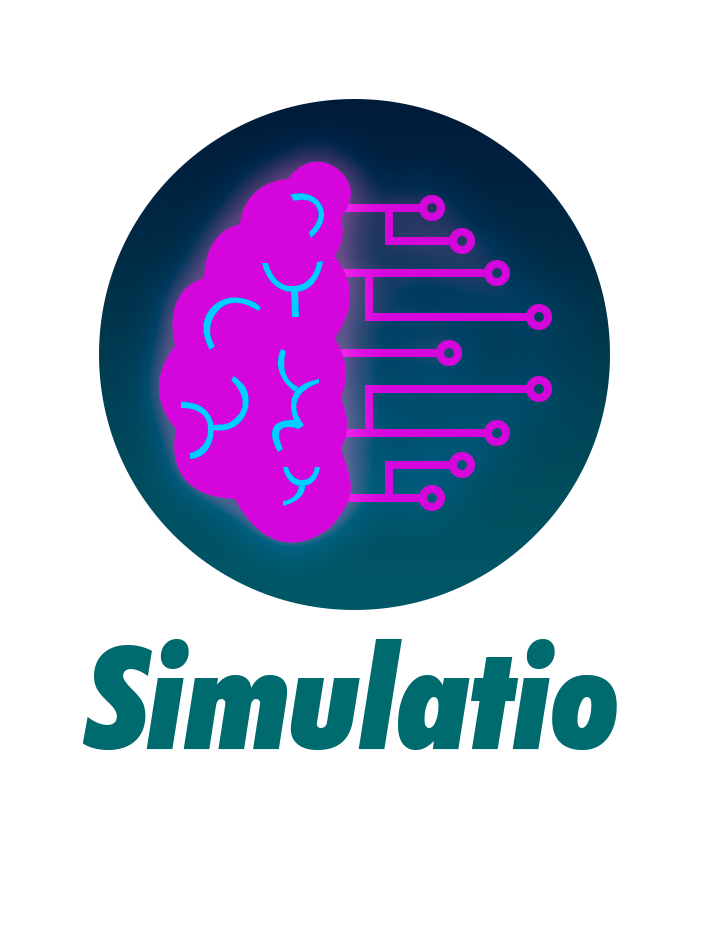Computational simulation of the neurodegenerative mechanisms in Alzheimer's disease: decoding the alterations of the neuronal network
The overall objective of the project is to investigate and computationally simulate alterations in the neural network caused by brain injuries involved in the different stages of dementia due to Alzheimer's disease using magnetoencephalography (MEG) and electroencephalography (EEG) signals
This Project is funded by "Ministerio de Ciencia, Innovación y Universidades, Agencia Estatal de Investigación" and cofunded with Structural Funds of the European Union within the thematic objective "Promote technological development, innovation and quality research"

The group responsible for this project is the Biomedical Engineering Group of the University of Valladolid (GIB). GIB is a multidisciplinary group, mainly formed by Telecommunication Engineers and Doctors of different specialties (pneumology, neurology, psychiatry, neurophysiology, and ophthalmology). Its members have a wide experience in brain signal processing to help the diagnosis of different neurological diseases.
Jesús Poza Crespo – jesus.poza@tel.uva.esThe Royal’s Institute of Mental Health Research (IMHR), affiliated with the University of Ottawa, is one of Canada’s leading research institutes focused on mental health. They are strongly focused on advancing prevention and early intervention strategies to help stop mental illness before it begins.

We will increase the sample size of the three databases that we currently have available to obtain a representative data set, which will be useful for carrying out an appropriate configuration and validation of the plausible "in-silico" scenarios and the identification of potential biomarkers of dementia due to Alzheimer's disease. Currently, these databases are formed by MEG or EEG recordings, sociodemographic variables and clinical data, all acquired according to the same protocol and belonging to cognitively healthy controls of advanced age, patients with mild cognitive impairment and patients with Alzheimer's disease.
The brain network will be generated independently using the MEG and EEG recordings of each database. For this task, it will be essential to investigate and apply new measures of neuronal coupling, capable of accurately reflecting the dynamic behavior of the brain network. This will provide an accurate representation of the functional neural network as a dynamic graph. Different network parameters will then be calculated to obtain an accurate description of the brain network.
"In-silico" scenarios based on brain lesions previously described in the literature will be proposed, created and evaluated. This ambitious stage can be divided into the following four sub-stages:
Follow us to know about the latest advances linked to our R&D project: @_SIMULATIO